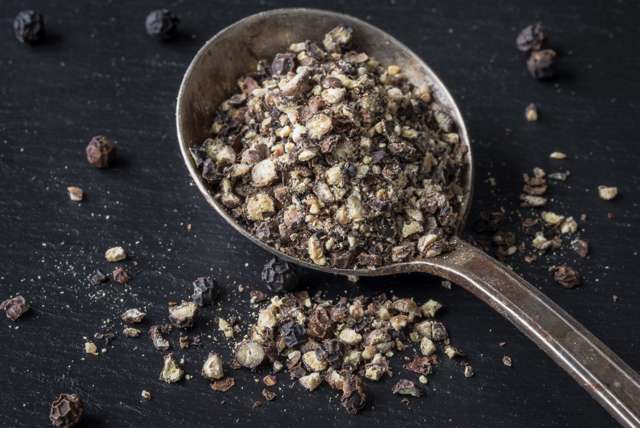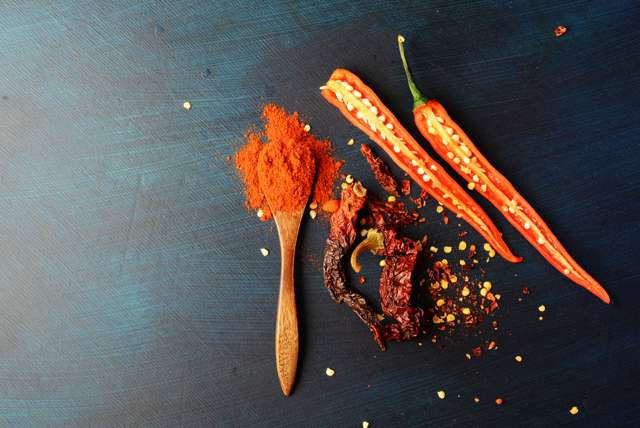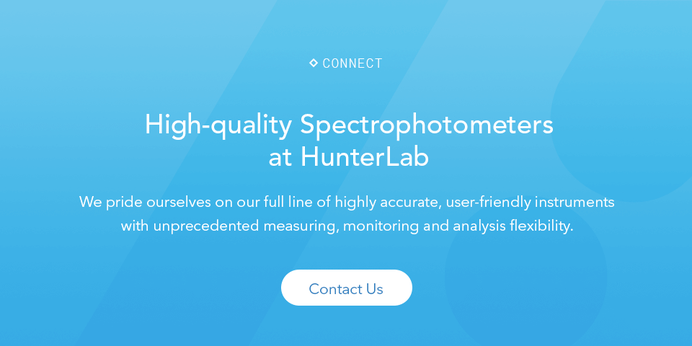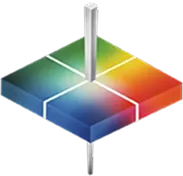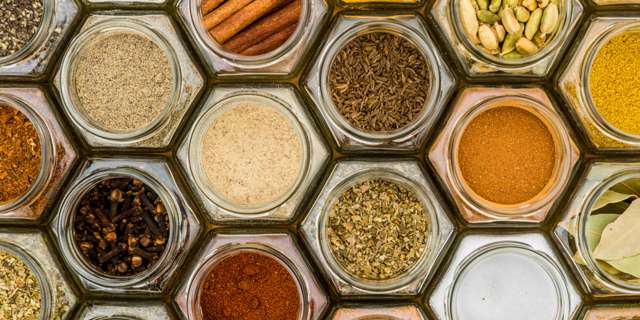
Maintaining color accuracy and consistency in spices is essential for appealing to today’s discerning customers. Image Source: Shutterstock user Jonas Sjoblom
As the prominence of food photography and presentation has increased in recent years, spice color has never been more important. Home cooks are looking for vibrant spice colors to light up the mealtime posts on their Instagram feeds, and food bloggers seek the brightest spices to maximize the appeal of every recipe they post. In restaurants, today’s chefs are developing menu items for which the plating is just as important as the flavor. All of these spice users—from the most inexperienced Instagrammer to the top chef at the highest-rated restaurant—depend on the color quality of the spices they use in order to fulfill their food preparation goals. With this in mind, spice manufacturers need to prioritize spice color measurement now more than ever before and explore options for optimizing quality control.
Integrating Measurements Throughout Manufacturing
One of the issues spice manufacturers should consider when it comes to quality control is when to measure color. In order to ensure color quality, it is essential to measure the spice color at least once—at the end of the manufacturing process—but it may also be helpful to conduct interim measurements at multiple points over the course of the manufacturing process. This allows manufacturers to monitor the quality of the color at critical points of production, making it easier to identify possible problems and address them early, before they escalate to the point that they become unmanageable and a sample has to be discarded. If your spectrophotometer identifies that your spice color is out-of-spec at any stage, you can immediately quarantine the affected product and begin locating the source of the discrepancy to get production back on track. In doing so, you can reduce the risk of resource loss both in the immediate and long-term.
Of course, taking color measurements with a spectrophotometer takes time and labor, which represent critical resource expenditures for spice companies and may make some question the viability of multiple points of analysis within the manufacturing process. However, this has become less of a concern as spectrophotometric technology has advanced in recent years. For example, HunterLab’s innovative new Aeros requires virtually no sample prep at all and is designed specifically for non-contact measurement of textured or irregularly shaped samples. This drastically reduces the time and labor necessary for color analysis while also minimizing risk of user error. Additionally, the Aeros comes with color measurement software can store and recall thousands of standards, data are displayed and stored digitally, and data can be shared wirelessly, facilitating more efficient workflows. These features speed the quality control process and make taking multiple measurements a more feasible option for once-skeptical spice manufacturers.
